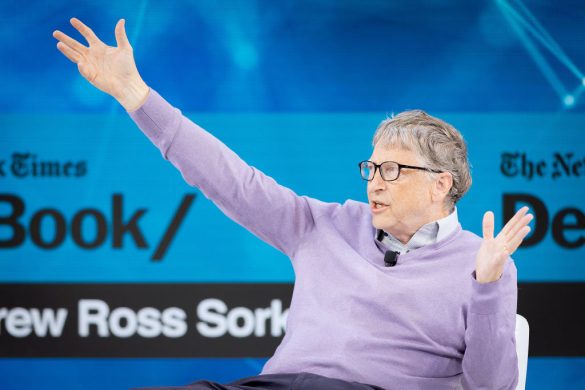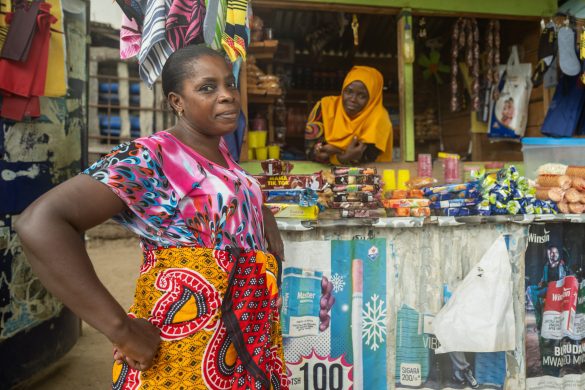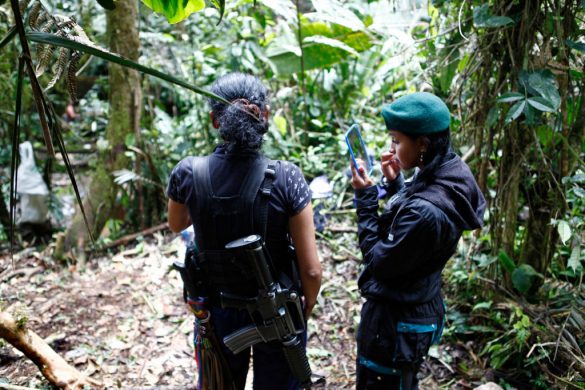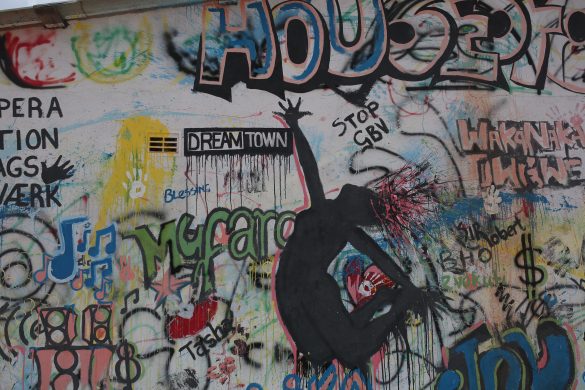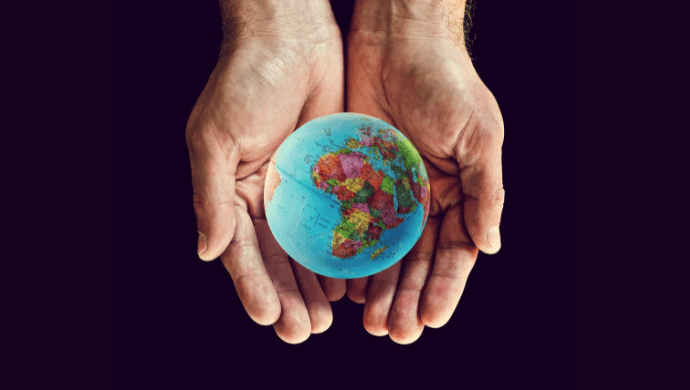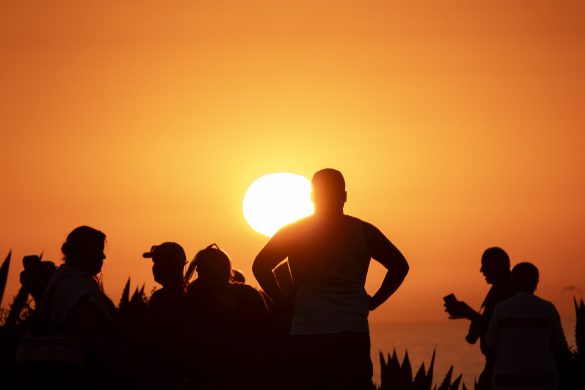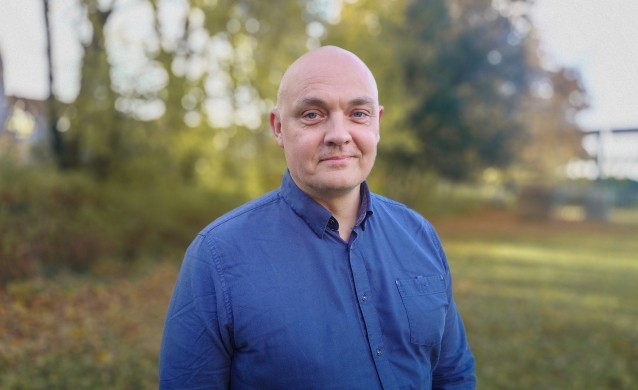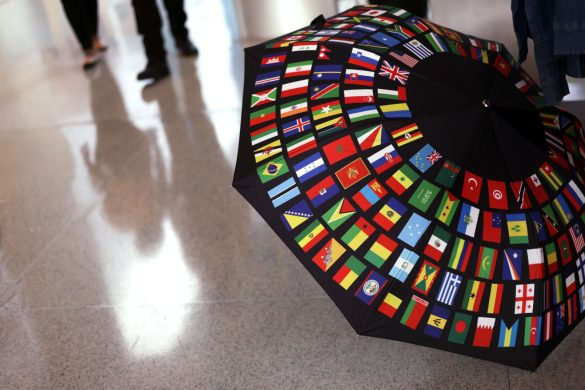Ny rapport konkluderer, at omkring 80 procent af nødhjælpspengene fra private givere kommer fra enkeltpersoner, ikke fra milliardærer som Bill Gates, og generelt hidrører en ud af hver fjerde nødhjælps-dollar (inklusive de statslige midler) nu fra almindelige mennesker, der vil hjælpe i katastrofer.
DAKAR, 30 April 2014 (IRIN): Rising global humanitarian needs – from the Syrian crisis to the conflicts in the Central African Republic and South Sudan – have provided challenges for aid funding.
They also highlight the growing significance of private donations in terms of diversity (bredden) and flexibility in relief response, UK-based think tank Development Initiatives’ Global Humanitarian Assistance programme said in a 29 April report.
In 2012, private aid donations- that is private sector /company and individual donations, as well as those from foundations and corporations, in other words, non-state donations- accounted for almost a quarter of all humanitarian aid.
Some 4.1 billion US dollar (ca. 22 milliarder DKR) came from private, non-state sources, a 26 percent drop from a 2010 high of 5.6 billion, underscoring the volatility of private aid funding which tends to respond better to natural disasters and less so to complex emergencies.
Traditional humanitarian funding has also been outpaced by growing needs. Last year, the UN saw the highest level in a decade of unmet financial needs in response to its appeals, the report said.
“Quite a big amount”
“When we look at humanitarian assistance, and development assistance more generally, private donations actually now account for quite a big amount,” said Chloe Stirk, advocacy officer at Development Initiatives and author of the report.
“Unfortunately, there is no real database for this type of funding, so what we attempted to do was quantify the overall levels of humanitarian funding from individuals, foundations, and companies and corporations.”
The report, which studied funding data from 75 NGOs and six UN agencies, found that the majority of private donations (82 percent) come from individuals.
Foundations, such as the Bill and Melinda Gates Foundation, account for around seven percent of private humanitarian funding. Private companies and national societies each account for about five percent.
“Individual donors opening up their wallets and contributing 10 or 10,000 dollar is beginning to comprise a major source of humanitarian funding, especially for several international NGOs,” said Steven A. Zyck, a research fellow with the Overseas Development Institute’s (ODI) Humanitarian Policy Group, noting:
“Today, around one in four humanitarian aid dollars comes directly from the pocket of individual contributors, and this amount will continue to grow.”
Easier to donate by mobile phone and credit cards
Steven A. Zyck said one of the reasons private funding is increasing is that businesses, especially mobile phone and credit card companies, have made it easier to donate money when a crisis hits. Donating is now as easy as sending a text message.
During last year’s cyclone in the Philippines, the Disasters Emergency Committee (DEC), which raises emergency appeal funds for 13 UK-based international NGOs, was able to raise nearly 155 million dollar (835 mio. DKR) in donations – almost entirely from the private sector.
“Overwhelmingly our money has and continues to come from gifts from ordinary members of public who are individually and collectively extremely generous in their response to high profile overseas emergencies,” said Brendan Paddy, DEC’s head of communications.
UN aid agencies have also become more reliant on non-state donors, as government and institutional budgets (such as those of multilateral institutions) have overall been on the decline, in part due to constrained (stramme) budgets.
Institutional funding fell seven percent between 2010 and 2012, and while private funding from companies contributed less than 1 percent of total UN aid in 2008, this figure jumped to nearly 15 percent in 2012, according to the report.
NGOs increasing their share of non-state funding
Even NGOs, who have always tended to rely more on private donations than the UN, have been increasing their share of funding from private sources.
Between 2010 and 2012, the percentage of private funding coming from individuals to NGOs rose from 78 percent to 88 percent, according to Development Initiatives.
Médecins Sans Frontières (MSF = Læger uden Grænser) was in 2012 the biggest fundraiser of private donations among the NGOs studied, with private money accounting for about 90 percent of its funding.
“For us at MSF, it has always been important, but throughout the last few years, we have seen a growing proportion of our income come from private individuals,” said Jordi Passola, fundraising coordinator for MSF International, adding:
“I think the key element was that we began to prioritize private funding over institutional funding, because we found that it gives us much more reactivity to respond to emergencies and allows us to do so in an independent way.”
Benefits compared to state donors
Læs videre på
http://www.irinnews.org/report/100013/global-crises-raise-private-aid-profile


